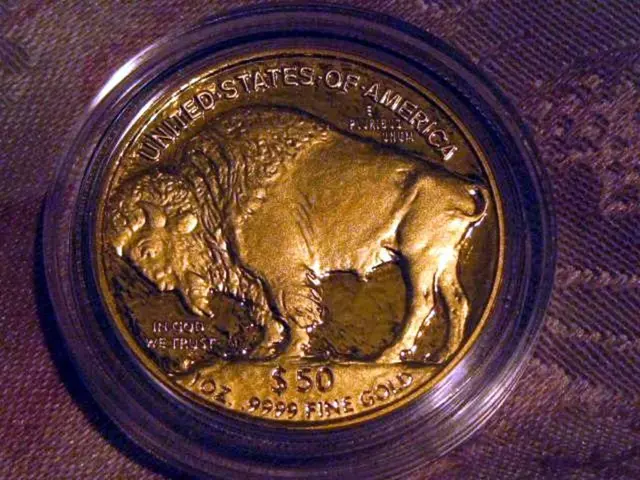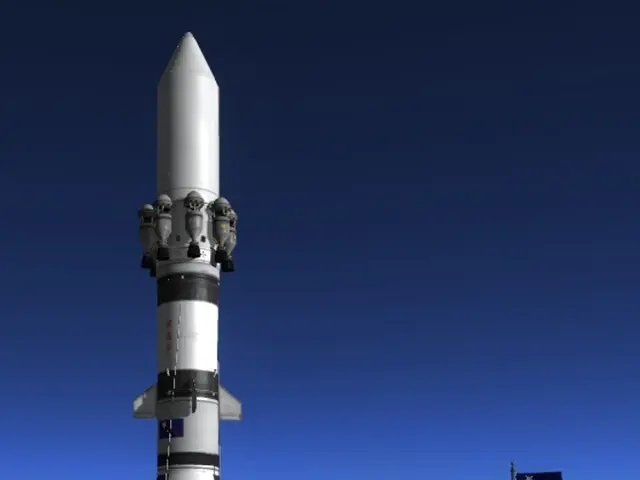Unveiling the Truth: Identifying the Stage of Flight Consuming Most Fuel
Let's Get Real About Airplane Fuel Usage:
Feeling curious about which part of a flight sucks up the most gas? Buckle up for a thrilling, unfiltered exploration into the world of airplane fuel consumption!
Cruising: The Showstopper of Fuel Consumption
Sure, takeoff might seem like a gas-guzzling monster, but the true heavyweight champ when it comes to fuel consumption is none other than the cruising stage. On long-haul flights, this phase accounts for a whopping 95-96% of the total fuel consumed. But why, you ask?
- Thin Air's Magic: Cruising altitudes offer less dense air, which reduces drag and makes engines work more efficiently, kinda like going from swimming in a pool to wading through molasses.
- Speed Steady Game: Unlike the dynamic phases of takeoff and landing, cruising maintains a steady speed, making it optimized for distance traveled and fuel usage.
Takeoff and Climb: Burning Bright, Burning Fast
Though cruising wins the gold in overall fuel consumption, the takeoff and climb stages torch fuel at the fastest rate per minute. Engines work overtime during these stages to produce enough thrust to beat gravity and reach cruising altitude. However, the shorter duration of these stages compared to cruising keeps their overall fuel consumption lower.
So, Which Stage Wins? Well, It's Complicated...
It's a contentious question with no simple answer.
- Total fuel used: Cruising reigns supreme on long-haul flights.
- Heat Rate per Minute: Takeoff and climb are the fearless leaders during their brief reigns.
Beyond the Basics: Other Factors in the Mix
Understanding fuel consumption's complexities requires considering additional factors:
- Flight Distance: Short-haul flights might see a larger proportion of fuel used during takeoff and climb due to the short cruising time. On long-haul flights, the cruise phase consumes the most fuel due to its extended duration.
- Aircraft Type: Fuel efficiency varies between plane models, affecting consumption at all stages. Modern aircraft like the Boeing 787 and Airbus A350 are more fuel-efficient due to better engines and aerodynamics compared to older models.
- Weather Conditions: Headwinds or turbulence can escalate fuel burn throughout the flight. Strong headwinds during cruise may require the aircraft to burn more fuel to maintain speed, while rough turbulence may require altitude adjustments, amping up fuel usage.
- Weight and Load: The amount of cargo, passengers, and fuel onboard significantly impacts fuel consumption. Heavier takeoff weights necessitate more thrust, escalating the burn rate during takeoff and climb. Airlines optimize fuel loads to balance efficiency and range.
- Altitude and Flight Path: Higher altitudes generally mean better fuel efficiency due to thinner air, but aircraft may be restricted from reaching optimal altitudes due to air traffic constraints. Deviations from the planned flight path due to weather or air traffic congestion can also raise fuel consumption.
- Aircraft Maintenance: Well-maintained engines operate more efficiently, reducing unnecessary fuel burn. Airlines invest in regular checks and improvements like engine washing and aerodynamic enhancements to optimize performance.
By analyzing these factors, airlines and pilots can better regulate fuel consumption, saving money, and being more environmentally friendly.
Efficiency Improvements: Reducing Fuel Consumption Through Innovation
Modern advancements in aviation have considerably upped fuel efficiency through both technological innovations and optimized flight techniques. Aircraft manufacturers have introduced designs like high-bypass turbofan engines, winglets, and composite materials to cut weight and drag and reduce fuel burn.
Operationally, airlines and pilots employ strategies like Continuous Climb Operations (CCO) and Continuous Descent Operations (CDO) to minimize fuel-intensive level-offs. These methods make for a smoother and more efficient transition between flight phases, lowering unnecessary thrust demands. Additionally, dynamic flight planning systems allow pilots to adjust routes on the fly based on wind patterns and air traffic conditions, boosting fuel efficiency even further.
These efficiency measures not only save money but also help with sustainability efforts in the aviation industry.
Fly Greener: Making a Difference
Follow these tips to reduce the aviation industry's environmental impact:
- Book direct flights: Opting for direct flights over layovers contributes to a greener footprint.
- Select fuel-efficient airlines: Choosing an airline with a better fuel efficiency record is crucial to reducing carbon emissions.
- Remember every small step counts: Every decision we make, no matter how insignificant it may seem, makes a difference in protecting our planet.
The Takeaway: Airplane fuel consumption is a multifaceted topic, so it's vital to understand the intricacies of different stages and influencing factors. Armed with this knowledge, you'll be well-equipped to make informed choices for a more sustainable future of air travel. So next time you hear an engine roar overhead, be amazed at the science and careful planning behind that flight and make a green choice!
References and Further Reading
- "How Much Fuel Does a Plane Use During Flight?" by OAG: https://www.mdpi.com/2071-1050/11/16/4362
- "What Stage of a Flight Consumes the Most Fuel?" by Aviation File: https://www.militaryaerospace.com/commercial-aerospace/article/14233471/which-part-of-a-flight-uses-the-most-fuel
- "INTERNATIONAL JOURNAL OF ENERGY STUDIES - DergiPark" by DergiPark: https://dergipark.org.tr/tr/download/article-file/608965
Enrichment Data:
Overall:- Climb Phase: Higher fuel consumption due to the increased engine power, with the Cessna Citation CJ4 consuming up to 240 gallons per hour during climb.- Cruise Phase: Extended duration leads to high overall fuel consumption, despite lower hourly rates, on long-haul flights.- Descent Phase: Lower fuel consumption compared to the climb but requires efficient management for maximal savings.- Takeoff and Initial Climb: These stages immediately after takeoff demand high power output from engines and consume a large amount of fuel due to the required thrust.
Takeaway:Though the climb phase has the highest fuel burn rate, the cruise phase accounts for the majority of total fuel consumption on long-haul flights due to its longer duration.
- Science and technology have played a crucial role in improving aircraft maintenance, with advancements such as high-bypass turbofan engines, winglets, and composite materials reduce fuel consumption during flight.
- In addition to understanding the fuel consumption of different flight stages, further considerations include factors like flight distance, aircraft type, weather conditions, weight and load, altitude and flight path, and aircraft maintenance to achieve optimal fuel efficiency.
- A greener lifestyle involves making conscious choices in air travel, such as booking direct flights, selecting fuel-efficient airlines, and remembering that every small step counts in protecting our planet.








